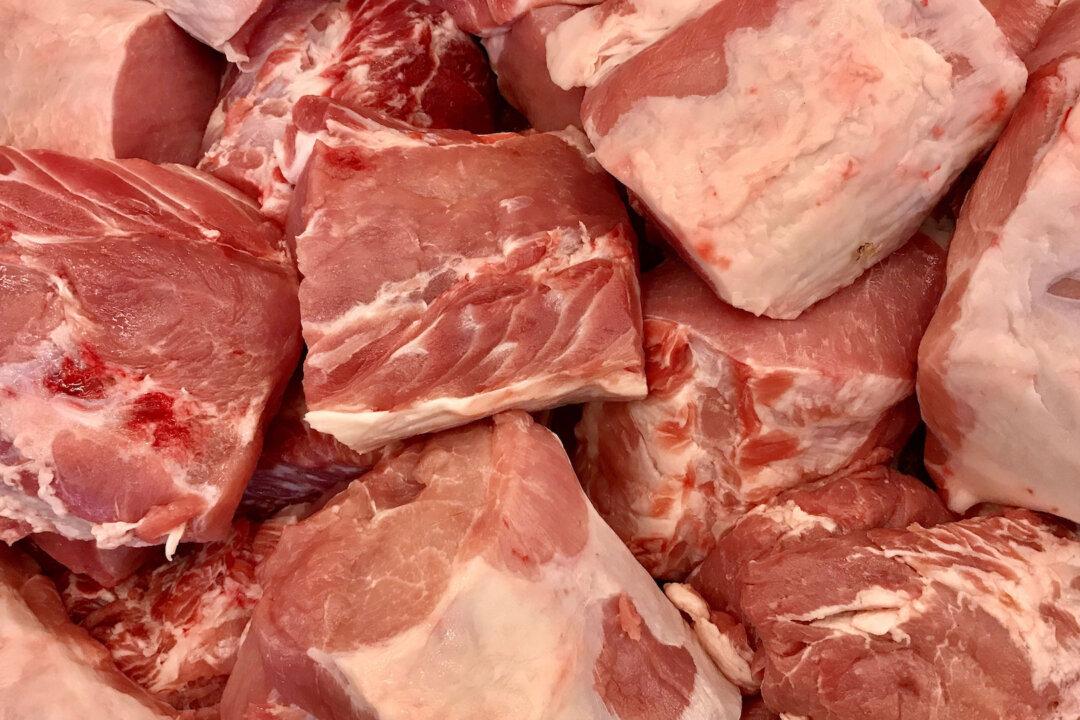With meat-processing plants across the country shuttering due to the CCP virus pandemic, pork producers are asking the Trump administration to consider buying large quantities of meat, and other livestock farmers are seeking answers about the kind of support they can expect to receive from the latest stimulus bill.
The closure of several major facilities—including one of the largest pork-processing facilities in the United States and a major beef plant in Colorado—has put pressure both on the supply of popular proteins for sale across the country and on the farmers who raise livestock for slaughter.




